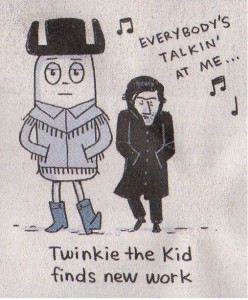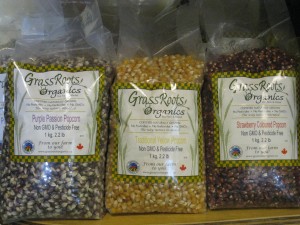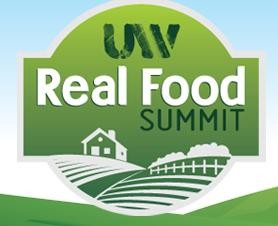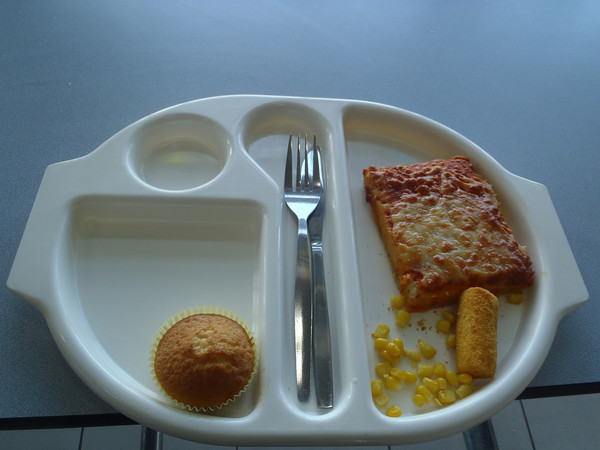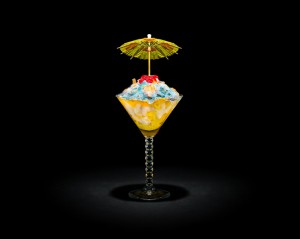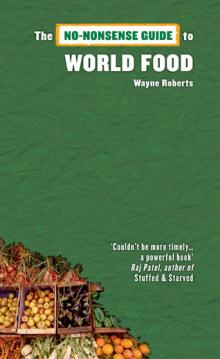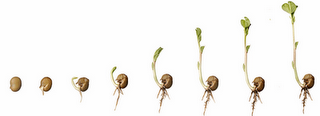Food ideas
This cartoon by John Martz, in the Globe and Mail, makes my day.
As we say good-bye to 2012, we can also bid adieu to the Twinkie. He’s moving on. Good luck Twinkie Kid, you’re going to need it!
It is a disappointment that California’s Prop 37 didn’t go through last month. If the ‘Yes’ side had won, the labeling of genetically modified foods in the U.S.’s most populous state would have become mandatory.
Imagine how this would have changed the food game.
Manufacturers would be required to come clean about the ingredients they put in their products. Consumers would have the power to make an informed decision about what they buy. We would, all of a sudden, have a choice – either eat GM foods or avoid them.
Someone, please, tell me when modern America abandoned its capitalist foundations of consumer choice and good ol’competition? China is more forthright on this subject to its citizens.
But it’s not all doom and gloom.
While the ‘yes’ side lost, it has got people talking. It has raised awareness of not only the health risks of consuming GM foods, but also the very un-American lack of choice in American supermarkets.
In Canada, with the exception of a few street protests in Montreal in the late 1990s, GM labeling has been a non-issue. But times are changing.
Canadians are invited to support a public members bill in support of the mandatory labeling of GM foods by signing this online petition.
While we wait for this to go through and make the world a brighter, shinier place, feast your eyes on these two pie charts of who funded the competing sides of the California vote.
I’ve been waiting for this! Jeffery Smith‘s new documentary film Genetic Roulette – The gamble of Our Lives is now out and available on DVD.
Pass it on!
Here’s the trailer:
(If trailer doesn’t load, refresh screen. It’s not displaying immediately for some reason.)
Jeffrey Smith, Executive Director of the Institute for Responsible Technology and author of Seeds of Deception, will be speaking about the latest on GMOs in a FREE ONLINE presentation during the Real Food Summit on July 9th.
The Real Food Summit is a 10-day online conference, sponsored by Underground Wellness, consisting of 27 presentations from real food experts including farmers, doctors, nutritionists, researchers, authors, and bloggers. Some of the experts include: Jeffrey Smith, Joel Salatin (Food Inc.), Chris Kresser, Paul Chek, Mark McAfee, Chris Masterjohn, and more.
I don’t have much more info than this, but it’s free and online, and I know I want to hear Jeffrey Smith.
NeverSeconds is a fascinating look at the difference one nine-year-old girl can make.
Martha Payne, Scottish grade school student and food blogger, has managed to turn school lunches on their tail.
It began back in April of this year when, with the help of her father, Martha decided to start a blog to document her school lunches.
With a daily photo and written commentary, Martha rates each meal on a scale of 1 – 10 (the food-o-meter), counts the number of mouthfuls it takes to eat, provides a health rating (1-10), as well as the price it costs and the number of hairs found.
All through the eyes of a nine year old!
Since she began, Martha has succeeded in getting over three million hits, irking local authorities to the point of getting her blog banned (happily, the ban was lifted), raising £27,000 for Mary’s Meals, a charity that sets up school food projects, gained the support and best wishes from Jamie Oliver, and touched the lives of hundred of thousands children across the world who read her blog and send in pictures and comments of their own school meals.
I hope she continues. I hope other kids do the same. I hope hospital patients, if they can, follow suit.
If Martha can create this much debate over the quality of institutionalized meals, surely we all can do something too.
Way to go, girl!
http://neverseconds.blogspot.co.uk/
Agriculture is the biggest contributor to climate change. There is nothing we do to transform the world more than agriculture. So how to we feed our current 7 billion and manage to feed the other 2 billion more that are due to arrive by 2040?
More specifically, how do we feed the world without destroying it?
Jonathan Foley, professor of Ecology and Director of the Institute on the Environment at the University of Minnesota, has an idea for a New Agriculture.
“ Blend the best ideas of commercial agriculture and the Green Revolution with the best idea of organic farming and local food, and the best ideas of environmental conservation. Not to have them fighting each other but to have them collaborating together to form a new kind of agriculture, something I call terraculture, or farming for a whole planet.”
This idea is going to gain currency.
The pictures of rotting and mouldy food in different stages of decay are engaging, repugnant and entertaining all at the same time. Curious?
Welcome to One Third – a series of portraits by Austrian photographer Klaus Pichler that reflect the culture of food waste in industrialized nations.
The name One Third refers to the amount of food that is wasted worldwide, according to a study by the Food and Agriculture Organization of the United Nations (FAO).
The 2011 study, Global Food Losses and Food Waste, revealed that 1.3 billion tons of food produced for human consumption is lost or wasted globally — roughly one third of all food produced. This means that all the resources used up to produce and transport that food are also wasted.
Where does the loss occur? Food is lost throughout the supply chain. Interestingly, where the loss occurs seems to depend on the wealth of the country.
In low-to-medium income countries, loss occurs in the early stages of the supply chain: during harvesting, storing, refrigeration and transportation.
In medium-to-high income countries (Europe, North America), food is wasted in the later stages of the supply chain: this can be due to a lack of coordination between the different players in the supply chain, the buying practices of super-markets, which tend to over buy and overstock so that store shelves offer a constant cornucopia of selection, and consumer behavior (you and me), which demands perfect looking food and wastes good food simply because it can afford to.
Each image in One Third depicts food that was once beautiful, tasty and edible (fruits, vegetables, grains), but has become inedible. The items all come from different parts of the world, travel different distances, and are produced with different methods… with only one thing in common: they arrive in our stores, we buy them and then throw them away.
Bon appétit!
I finally finished the biggest little book I’ve read in a while: Wayne Roberts’ The No-Nonsense Guide to World Food, 2008. (merci François!)
World food is clearly a vast topic, but Roberts is a man for the task and walks us though the whys and wherefores of our current global food systems, and more importantly, how we got to be here.
Pulling from various sources, sector experts and personal experiences that have taken him around the world, Roberts uses simple, direct language that will appeal to those hungry to learn more about the reality of our global food situation.
Roberts begins by explaining how a food system, is exactly that, a system. And as a systemic entity (think respiratory, circulatory), it reaches far into all aspects our lives, and our communities. Family meal times, recipes handed-down over generations, seasonal celebrations and cultural festivals all tie us back to the food we eat – and to the land where we live. But the post-war modernist approach to food production, which industrialized agriculture and turned food into a commodity, drew us away from this connectedness, and has managed to pit Global North against Global South. And we are all poorer for it.
This book will give you ideas of how to get your food system back.
As David Suzuki writes on the inside cover page, “Books like this get us started in our thinking and our actions.”
Spring is here! And the Seedy Saturday (and Sunday) Seed Exchanges throughout Canada are going fast. (I have a new garden to play with this year, so I’m rather excited.)
I haven’t managed to make it to one of these exchanges, where you can buy heirloom and rare seeds for your garden (or balcony), BUT the next two exchanges in my area are entered in my phone. Really.
For dates in your area, see the Seeds of Diversity site.
If there isn’t a seed exchange near you, here are some worthy-of-your-$ seed suppliers that also do good work to preserve seed heritage:
Seeds of Diversity Resource List 2012
If you’re in Toronto, Urban Harvest sells directly at these farmers’ markets:
- Dufferin Grove Thursdays 3-7 year round
- Wychwood Barns Saturdays 8-1 year round
- Leslieville Sundays 9-2 until late October
If you have some old seed packages on hand, left over from previous years, but are wondering if they might be genetically modified, visit the Safe Seed Resource List for 2012, by the Council for Responsible Genetics. This lists seed companies that have signed the Safe Seed Pledge, promising to “not knowingly buy or sell genetically engineered seeds or plants.”[1]
If you can’t find the brand you have on hand, I will humbly submit that you refresh your seed stock with organic or heritage seeds. After all, if you’re going to take the time and energy to grown your own food, make it worth it!
Whether you’re in Ontario, Oklahoma or Oxley, UK, if you are inspired by sustainable farming, eating local and nothing less than transforming our food system, check out the videos on Sustain Ontario’s new microsite, Growing Good Food Ideas.
While all these film shorts, made by Powerline Films, focus on Canada’s most populous (for now) province, the stories are global, and show the power of farming and the potential for change. Enjoy!
